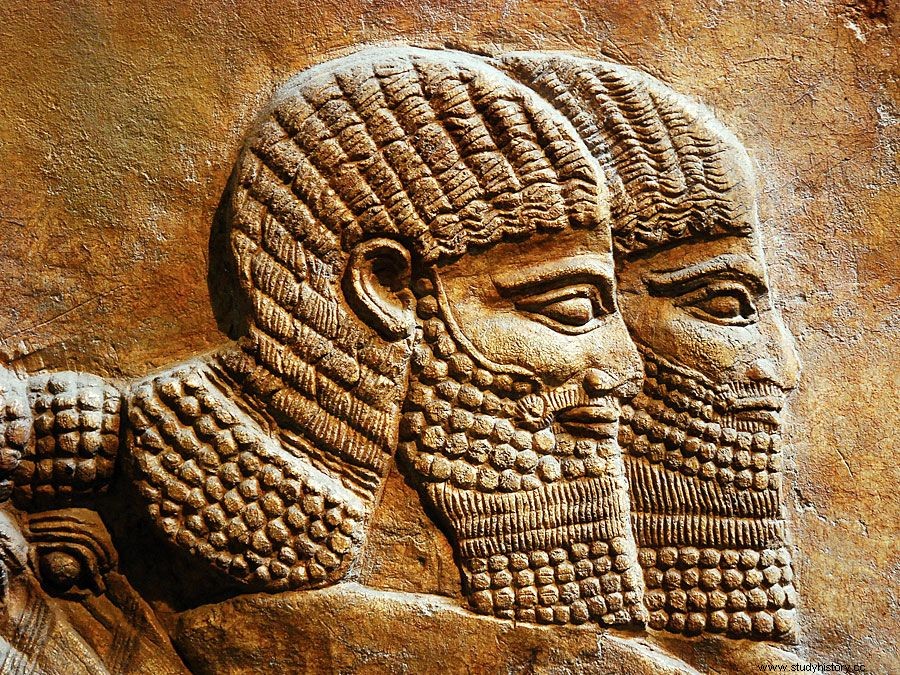Assyria , kingdom Northern Mesopotamia , which became the center of one of the great empires of the ancient Middle East . It was in today's Northern Iraq and to the southeast the Turkey . A brief treatment of Assyria follows. For a full treatment see Mesopotamia, history of: The Rise of Assyria .
 Britannica Quiz The Middle East:Fact or Fiction? Is the literacy rate very high in Afghanistan? Does Yemen take its name from the Arabic word "northern"? Sort the facts in this quiz about Syria, Iraq and other Middle Eastern countries.
Britannica Quiz The Middle East:Fact or Fiction? Is the literacy rate very high in Afghanistan? Does Yemen take its name from the Arabic word "northern"? Sort the facts in this quiz about Syria, Iraq and other Middle Eastern countries. Assyria was during the largest Part of the 2nd millennium v . Chr . A dependency on Babylonia and later from Mitanni Kingdom . It originated in the 14th century v . Ch. As an independent state and subsequently became a major power in Mesopotamia, Armenia and sometimes in Northern Syria . Assyrian power increased after the death of Tukulti-Ninurta I ( approx. 1208 v. Ch. ) Ab . It was made in the 11th century v . Ch. From Tiglath Pileser I. briefly restored but in the period that followed both Assyria and its rivals were engaged in the Seminomadic incursions Arameans . Assyrian kings began in the 9th century v . Ch. A new expansion period and from the mid-8th to late 7th centuries v . Chr . A number of strong Assyrian kings - including Tiglath Pileser III , Sargon II , Sennacherib and Esarhaddon -. united most of the Middle East , from Egypt to Persian Gulf , under Assyrian rule. The last great Assyrian ruler was Ashurbanipal , but his last years and the time after his death in 627 v . Chr . Are dark. The state eventually became 612–609 v. From a Chaldean- median coalition destroyed . Famed for their ferocity and prowess in battle, the Assyrians were also monumental builders, such as archaeological sites in Nineveh , Ashur and Show Nimrūd .
